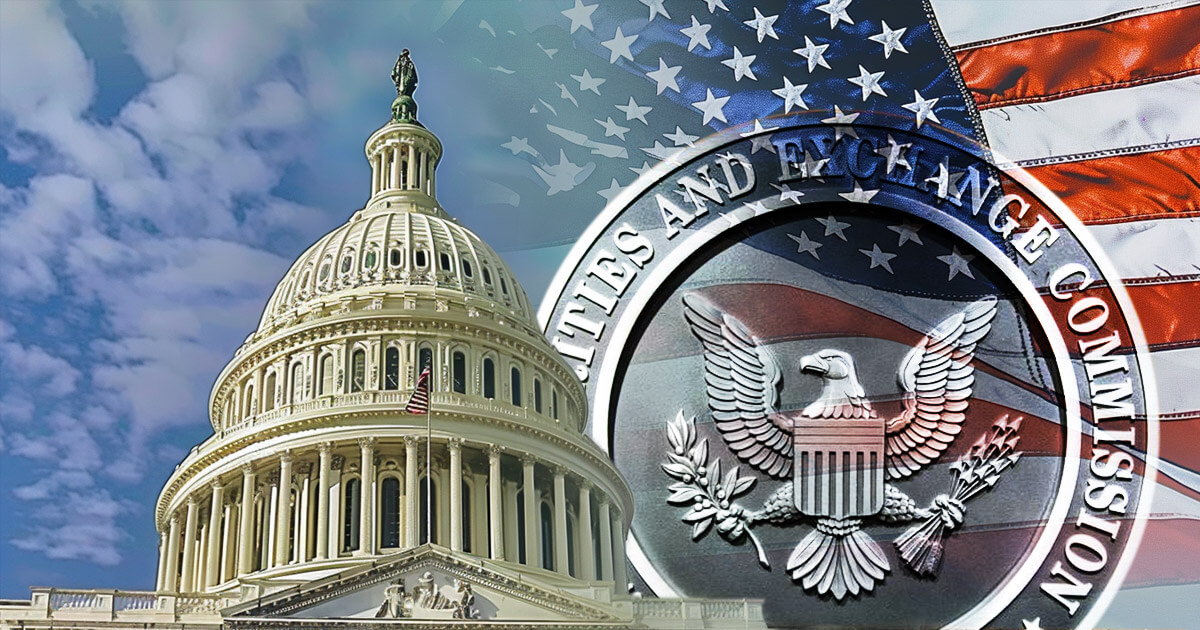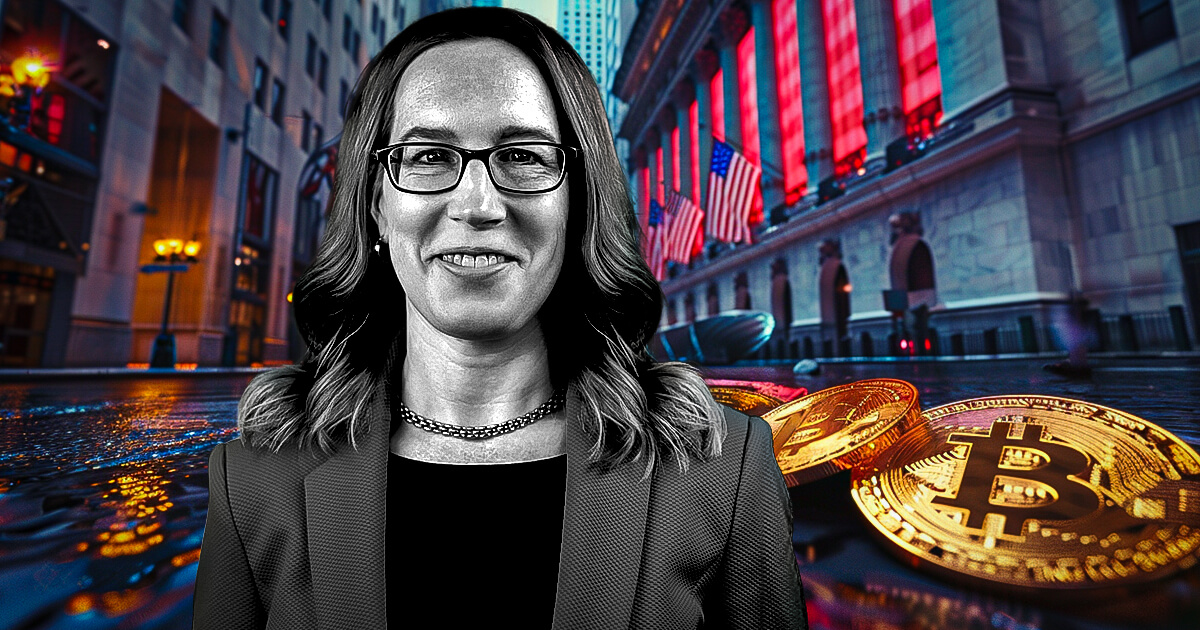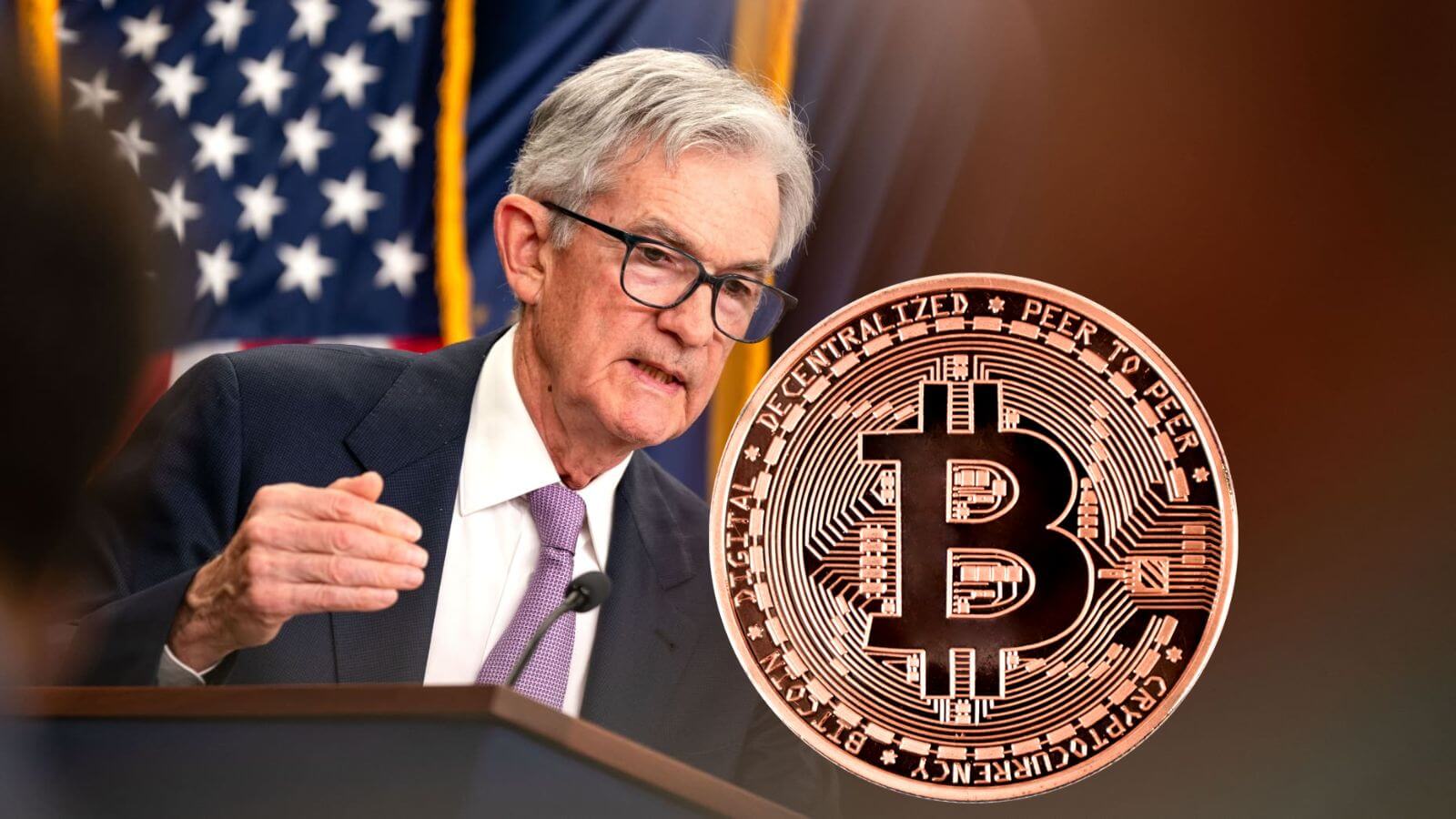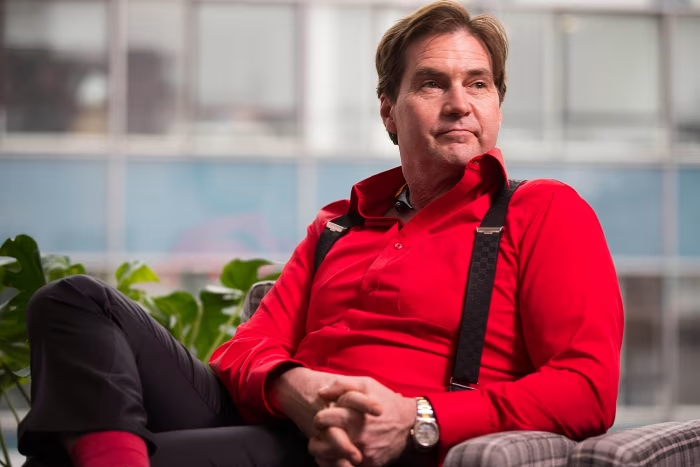
SEC Chair Gary Gensler faced criticism during yesterday’s congressional hearing over the agency’s approach to regulating cryptocurrencies despite omitting any mention of digital assets in his written testimony. Lawmakers and SEC commissioners questioned the effectiveness and clarity of current strategies, highlighting concerns about “regulation by enforcement” and the absence of explicit guidelines.
House Financial Services Committee Chairman Patrick McHenry noted that the House had passed the FIT 21 Act to establish clear rules and robust consumer protections in the digital asset ecosystem. “More than two-thirds of the House, including 71 Democrats, rejected Chair Gensler’s approach to digital assets by supporting clarity and consumer protection,” McHenry stated during the hearing.
The FIT 21 Act’s definition of decentralization was a point of contention. Some lawmakers questioned whether setting a 20% ownership threshold and allowing anonymous self-hosted wallets could hinder enforcement efforts and regulatory oversight.
Commissioner Hester Peirce criticized the SEC’s reliance on enforcement actions without providing clear regulatory guidance. “It’s a very bad approach to trying to regulate an industry if you’re trying to protect investors,” Peirce said. She emphasized that this method is inefficient, leaving market participants uncertain about the SEC’s authority and compliance boundaries.
Commissioner Mark Uyeda echoed the need for the SEC to articulate how existing securities laws apply to digital assets. “The Commission, for instance, could have articulated, specifically in the context of crypto and digital assets, how you apply this test,” Uyeda remarked, referring to the Howey Test used to determine whether an asset qualifies as a security.
Despite these criticisms, Gensler maintained that current laws regarding digital assets are sufficient and explicit. Gensler asserted,
“Regardless of where somebody stores their ledger if they tokenize a security—an equity, a bond, or an investment contract—it’s important to make sure that the investors and the investing public have the disclosures they need.”
He argued that tokenization does not alter the fundamental economics of an asset being a security.
Concerns were also raised about the influence of celebrity promotions and potential “pump and dump” schemes in the crypto space. Representative Bill Foster questioned whether the SEC has adequate authority to address issues where influencers promote investments without disclosing compensation. “I’ve heard concerns from industry participants about influencers, bloggers, celebrities, and others that use their celebrity status to promote investments without disclosing that they are, in fact, being paid to do so,” Foster said.
Gensler responded by saying,
“I would say I think the laws are strong. I mean, it’s always gaps in resources and we get, uh, on, on average a year 40 to 50,000 tips, complaints, and referrals. That’s, uh, What, 4, 000 a month or so.
And, uh, we, we have to prioritize those tips and complaints and referrals.”
The divide between the SEC’s current regulatory approach to crypto and the desire for more precise guidelines became evident throughout the hearing. While some commissioners believe that statutory definitions from Congress are necessary, others argue that the SEC could utilize its existing authority more effectively to provide clarity for the crypto industry.
The SEC’s written and oral testimony centered on topics like cybersecurity incidents, conflicts of interest in securitization markets, and enhancements to public reporting and data transparency. However, the agency’s omission of any direct references to cryptocurrencies in its testimony highlights the tension between its priorities and the concerns of lawmakers and industry participants seeking regulatory clarity in the rapidly evolving digital asset landscape.
The call for clear rules of the road and robust consumer protections remains a pressing issue, with stakeholders advocating for a regulatory framework that fosters innovation while safeguarding investor interests.
Mentioned in this article
Credit: Source link














































